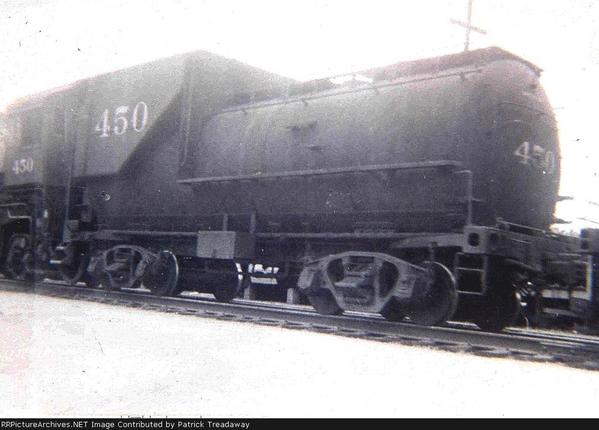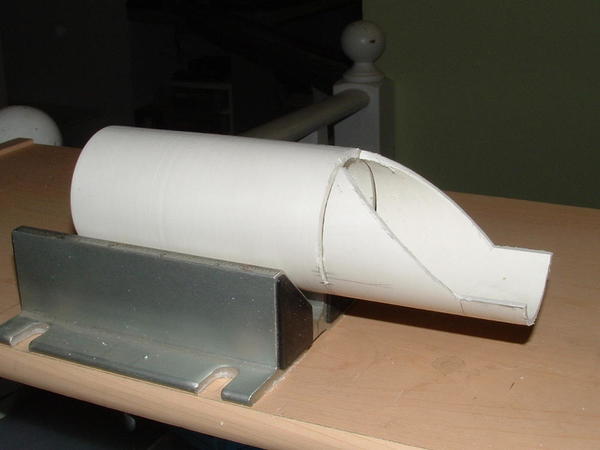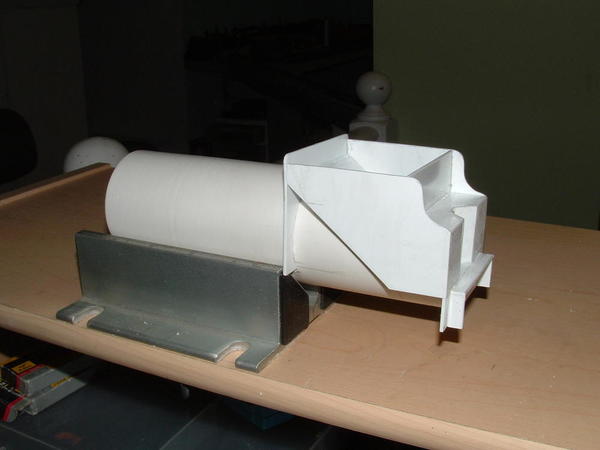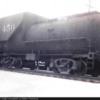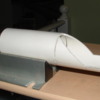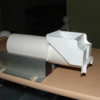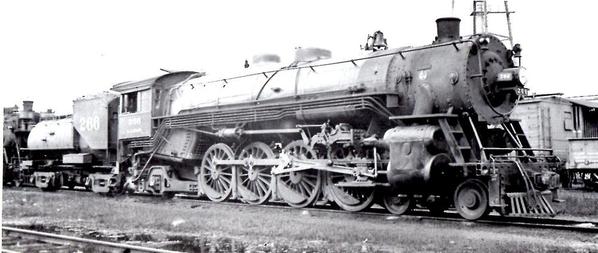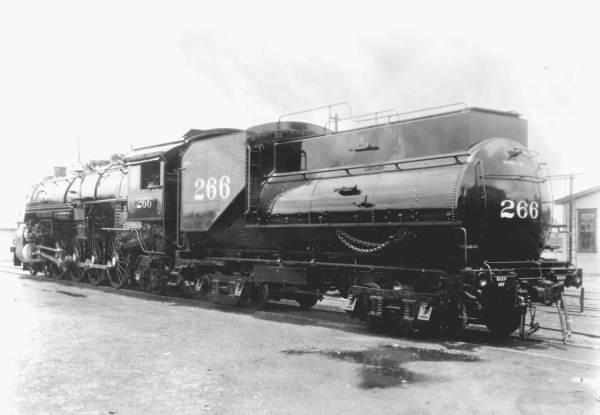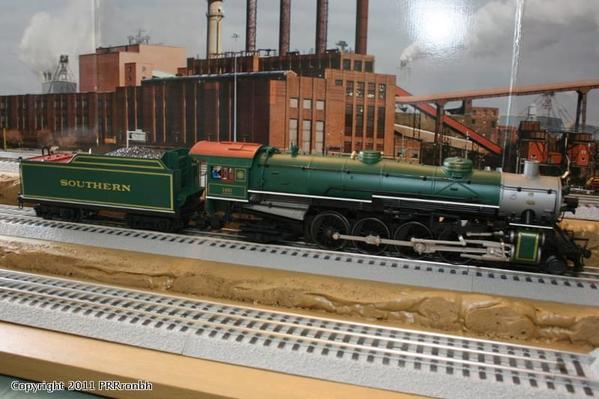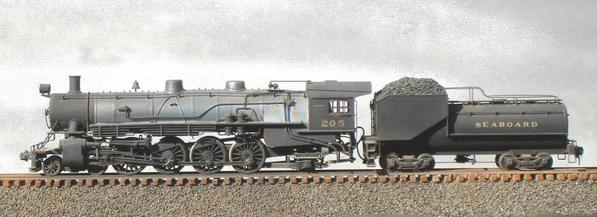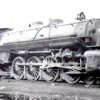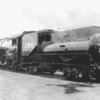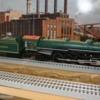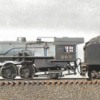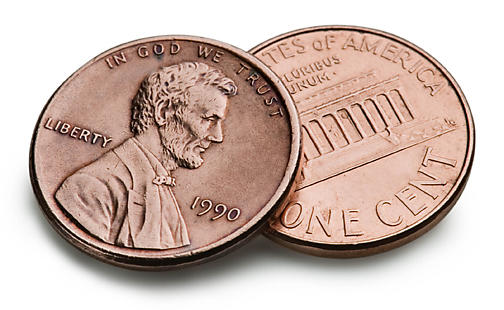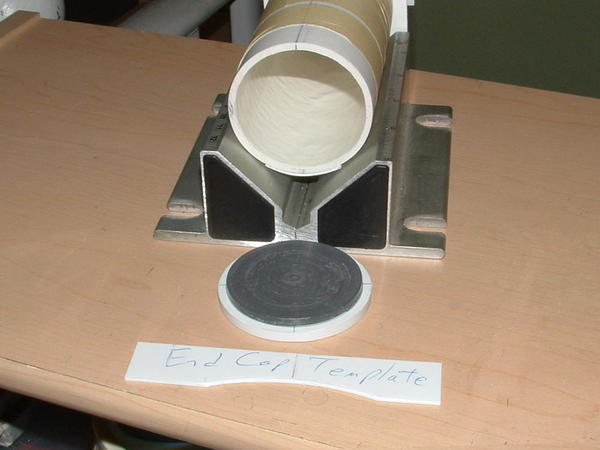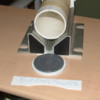I need to cut the piece of 2" brass tube I got for my Vanderbilt tender where the water tank meets the coal bunker, the drawing I have measures out to a 40 degree angle for the slope of the coal bunker:
When I made the Vandy for my 2-8-2 I simply cut until it fit in place, but that was using a piece of PVC pipe and starting with a cut that had to be "fitted" numerous times to make work:
Bob2, I read your article in the December 1993 and February 1994 issues of O Scale News, do you recall what the angle was on that model? I could use the template you drew in the article, but being I'll be cutting the brass with my Dremel disk I'd like to be able to do this once and not start over.
I have maybe 4 photos showing the tender (of a SAL class Q3 2-8-2) from the rear and it seems all 4 were built a little different. The new tender I'm making will go behind a SAL 4-8-2 and their tenders even have differences between them and between the 2-8-2 tenders as well. I don't know who built the tenders, if it was the original builder(s) or the SAL shops, probably all of the above.
I guess what I can do is copy the template, mark the lines on the brass tubing, and eyeball it to see how close it looks BEFORE I cut. That seems to be the only way being I have limited tools, but I was looking for a more accurate method for a 1-cut attempt.




